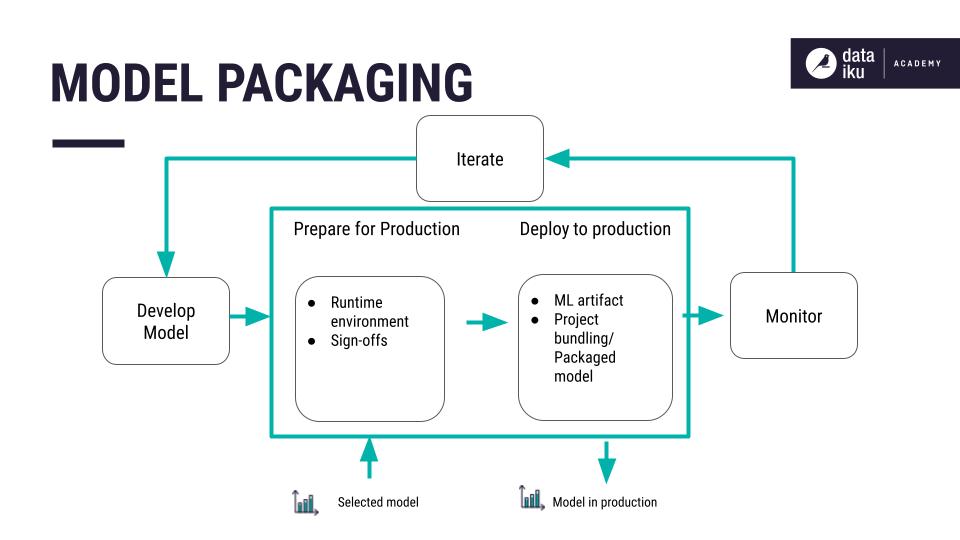TensorFlow Lite与ONNX:模型压缩工具与库的实战比较
发布时间: 2024-09-06 07:18:42 阅读量: 180 订阅数: 60 


VB+ACCESS大型机房学生上机管理系统(源代码+系统)(2024n5).7z

# 1. 模型压缩工具与库的重要性
在深度学习和人工智能领域,模型压缩技术正变得日益重要。随着模型规模的不断增长,计算能力和存储资源的需求也在不断膨胀。对于想要在移动设备、边缘计算设备或任何资源受限的平台上部署模型的开发者而言,模型压缩技术成为解决上述挑战的关键。它不仅有助于减小模型尺寸,降低内存占用,还能显著提升推理速度,确保实时性能,是优化模型以适应有限资源环境的必备工具。此外,模型压缩还能提升能效,延长设备电池寿命,对推动AI技术的普及与应用起到至关重要的作用。在本章中,我们将探讨模型压缩工具与库的重要性,并为理解后续章节打下坚实的基础。
# 2. TensorFlow Lite的理论基础与实践应用
## 2.1 TensorFlow Lite简介
### 2.1.1 TensorFlow Lite的发展背景和应用场景
TensorFlow Lite是谷歌开发的一款用于移动和边缘设备的轻量级机器学习框架。随着物联网设备、移动计算能力的不断增强以及边缘计算概念的普及,开发能够在资源受限的设备上运行的高效AI应用变得越来越重要。TensorFlow Lite正是在这样的背景下应运而生,提供了一种能够将训练好的深度学习模型转换为轻量级模型,并部署在移动和边缘设备上的解决方案。
TensorFlow Lite的应用场景非常广泛,包括但不限于:
- 智能手机上的语音识别、图像分类应用;
- 可穿戴设备上的健康监测与活动识别;
- 汽车上的驾驶辅助系统和车内外环境监控;
- 家庭自动化和安全监控系统。
在移动设备上直接运行AI模型,可以减少对云服务的依赖,降低延迟,提高用户隐私保护。同时,边缘计算的兴起使得在设备上实时处理数据变得更加重要,TensorFlow Lite正适合这样的需求。
### 2.1.2 TensorFlow Lite的主要特点和技术优势
TensorFlow Lite的主要特点和技术优势可以概括为以下几点:
- **轻量级设计**:为了适应移动设备和边缘设备的内存和处理能力,TensorFlow Lite优化了模型大小和计算效率。
- **硬件加速支持**:TensorFlow Lite支持多种硬件加速器,如GPU、DSP(数字信号处理器)和神经网络处理器(NNP),以提升模型执行速度。
- **模型优化工具**:包括模型量化(Quantization)、模型剪枝(Pruning)等技术,减小模型尺寸,降低计算复杂度,同时尽量保持模型精度。
- **易用的API接口**:提供了简洁的API接口,方便开发者将模型集成到Android、iOS和嵌入式设备上。
在实际应用中,TensorFlow Lite允许开发者在设备上直接使用训练好的机器学习模型,无需依赖云端服务,这意味着更快的响应速度和更小的数据传输需求。此外,其跨平台的特性使得同一个模型能够在不同类型的设备上运行,极大地提高了开发的灵活性和效率。
## 2.2 TensorFlow Lite的优化技术
### 2.2.1 模型转换与量化
在使用TensorFlow Lite进行模型部署时,模型转换与量化是两个关键步骤。模型转换涉及到将TensorFlow训练好的模型文件转换为TensorFlow Lite格式的文件,这个过程通常涉及到图的优化以及操作符的实现转换。这一过程可以使用`TFLiteConverter` API来完成,其基本代码如下:
```python
import tensorflow as tf
# 加载TensorFlow训练好的模型
converter = tf.lite.TFLiteConverter.from_saved_model(saved_model_dir='path_to_saved_model')
# 转换模型
tflite_model = converter.convert()
# 保存转换后的模型
with open('model.tflite', 'wb') as f:
f.write(tflite_model)
```
量化则是将模型中的浮点数参数转换为定点数表示,以此减少模型的大小和运行时所需的计算资源,有助于提高模型在移动设备上的运行速度。量化可以通过以下步骤实现:
```python
converter.optimizations = [tf.lite.Optimize.DEFAULT]
converter.target_spec.supported_types = [tf.float16]
tflite_quant_model = converter.convert()
```
上述代码中,`Optimize.DEFAULT`选项将启用多种优化技术,包括默认的量化。`supported_types`参数将目标类型设置为浮点16位,这有助于减少模型大小和提升运行速度。
### 2.2.2 模型加速器与硬件兼容性
为了进一步提升TensorFlow Lite模型的运行效率,可以在支持的硬件上启用加速器。TensorFlow Lite支持多种硬件加速选项,包括GPU加速、DSP加速和Neural Processing Unit(NPU)加速。通过这些加速器,可以大幅提升模型的运行速度,并降低能耗。
在启用硬件加速时,需要根据设备的硬件特性选择合适的加速器,并通过TensorFlow Lite的API进行配置。例如,对于GPU加速,可以使用如下代码进行配置:
```python
import tensorflow as tf
# 设置TensorFlow Lite解释器以使用GPU
interpreter = tf.lite.Interpreter(model_path="model.tflite")
interpreter.allocate_tensors()
# 获取输入和输出详细信息
input_details = interpreter.get_input_details()
output_details = interpreter.get_output_details()
# 检查是否支持GPU加速
acceleration_list = interpreter.getDelegate педалирование()
if 'GPU' in acceleration_list:
print("GPU加速可用")
interpreter.setDelegate(acceleration_list[acceleration_list.index('GPU')])
```
上述代码中,`getDelegate`方法用于获取支持的加速器列表,然后通过`setDelegate`方法启用GPU加速器。需要注意的是,并非所有的设备都支持GPU加速,这取决于设备的硬件配置和驱动程序。
## 2.3 TensorFlow Lite的实战案例
### 2.3.1 图像识别模型的压缩与部署
在移动设备上部署图像识别模型是TensorFlow Lite应用中非常常见的一个场景。以下是压缩与部署图像识别模型的一个典型工作流程:
1. **模型转换**:首先,需要将训练好的图像识别模型转换为TensorFlow Lite格式。这一步可以使用TensorFlow的`TFLiteConverter` API来完成,如上文所述。
2. **模型优化**:在转换模型之后,可以应用模型量化技术来减小模型的大小。经过量化处理后的模型对于移动设备来说更加友好。
3. **集成到App中**:将转换后的模型文件集成到移动应用程序中。这通常涉及到Android或iOS平台的特定API调用,具体步骤依赖于开发环境和所使用的框架。
### 2.3.2 自然语言处理模型的优化实例
自然语言处理(NLP)模型在移动和边缘设备上的优化和部署与图像识别模型类似,也需要经历模型转换、量化优
0
0





